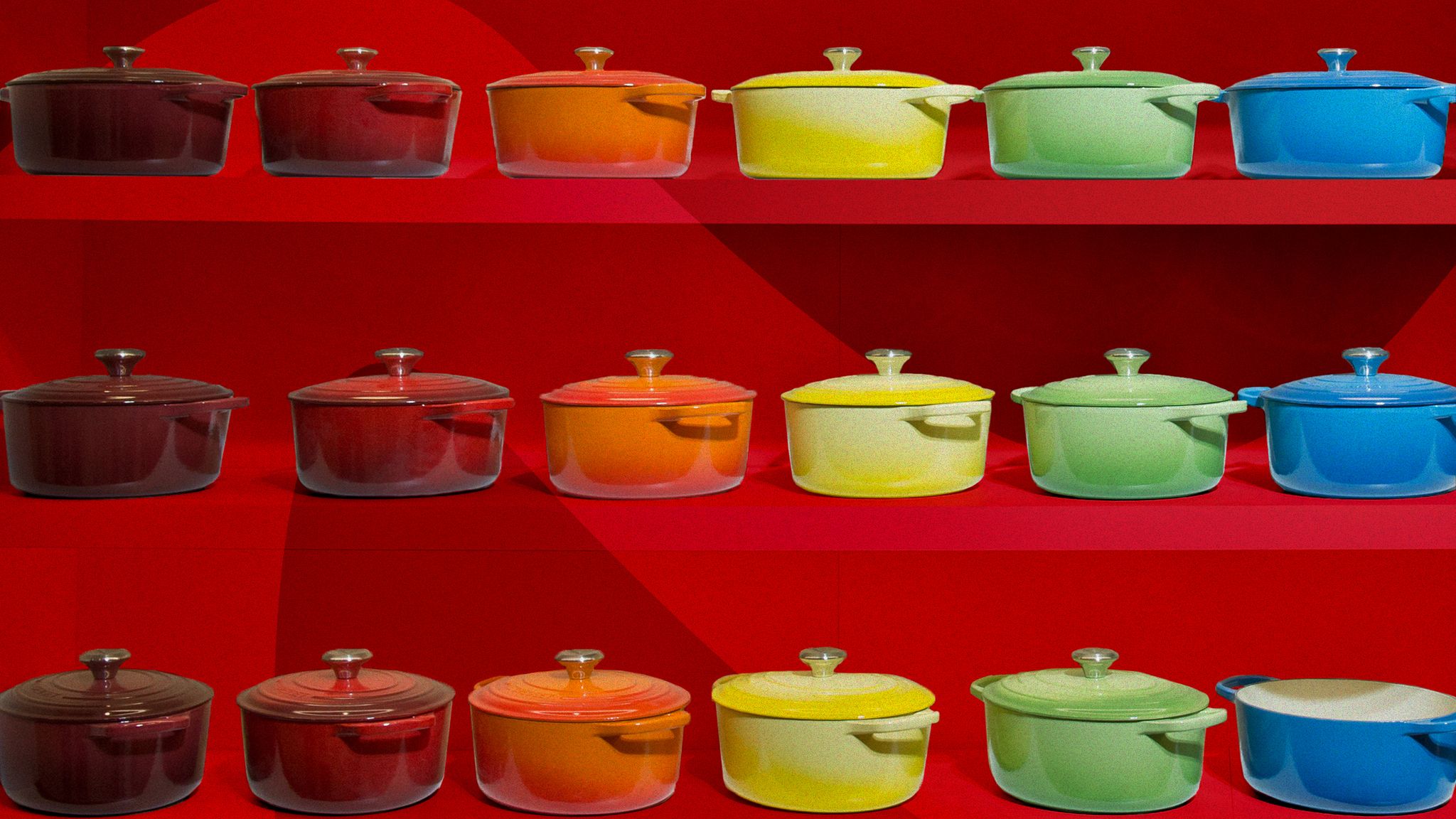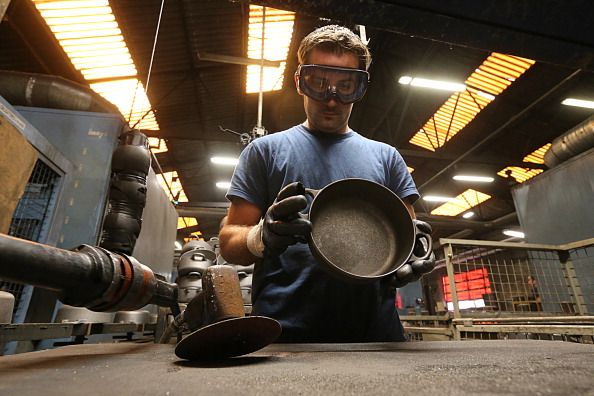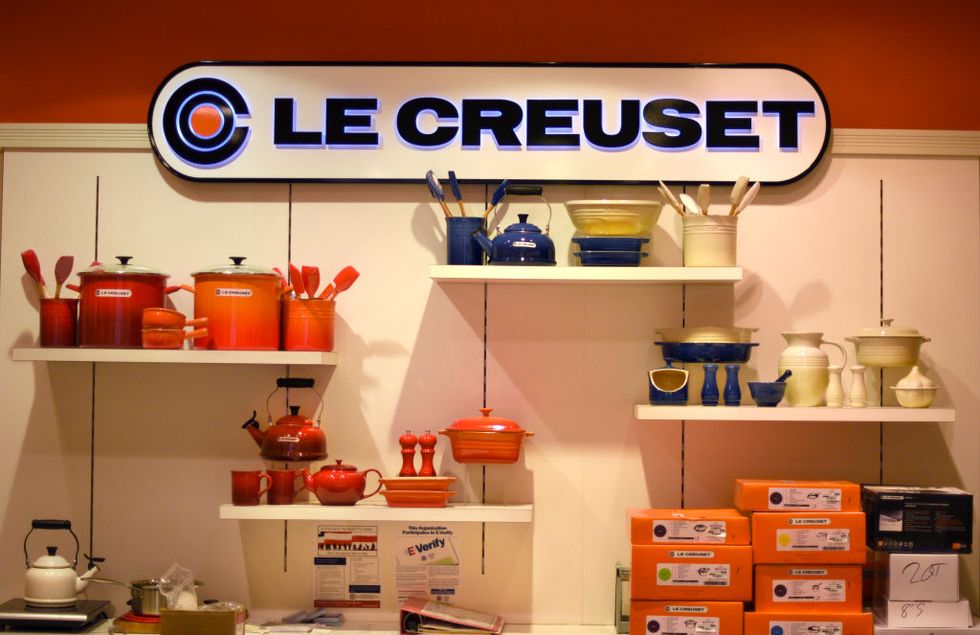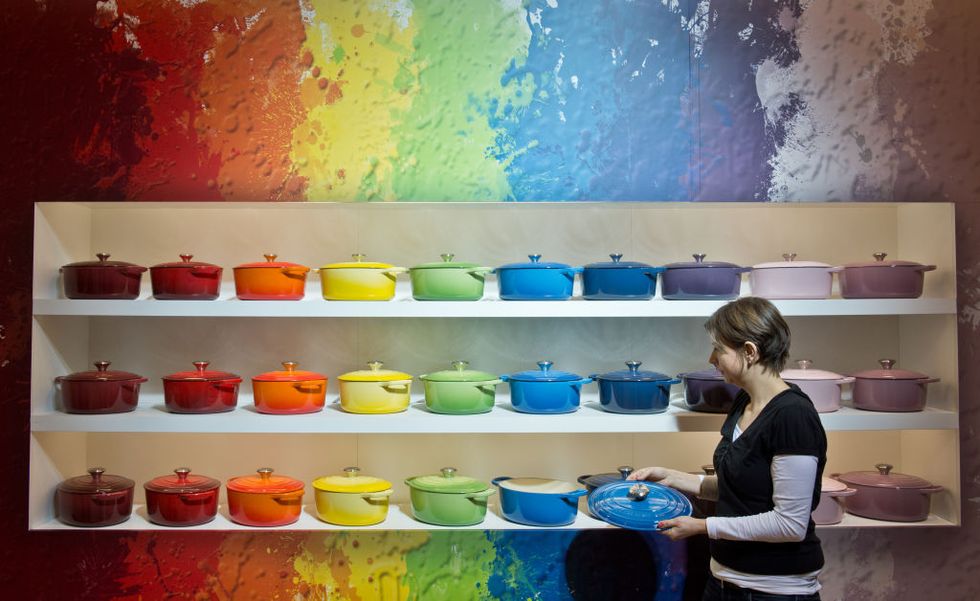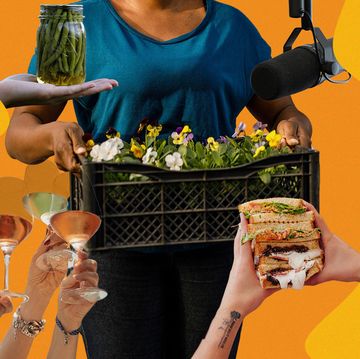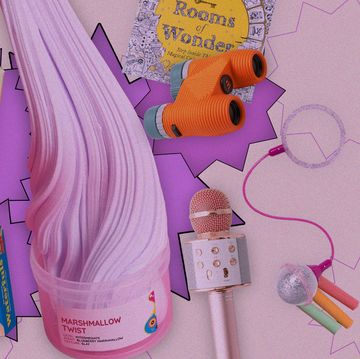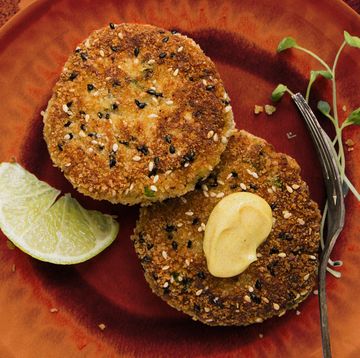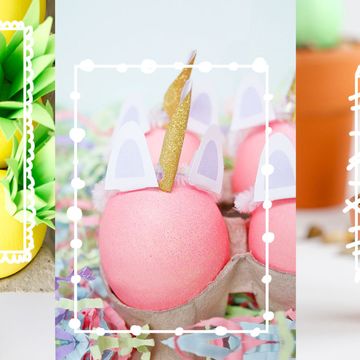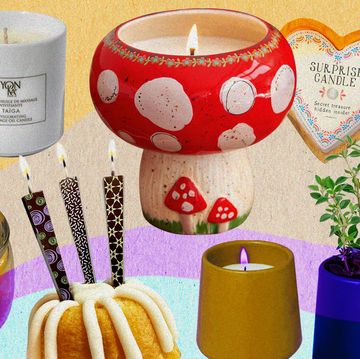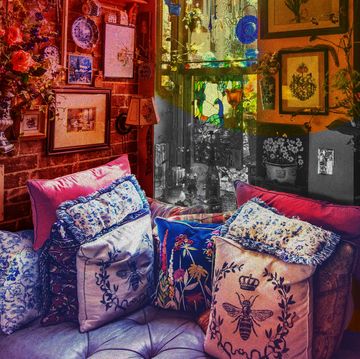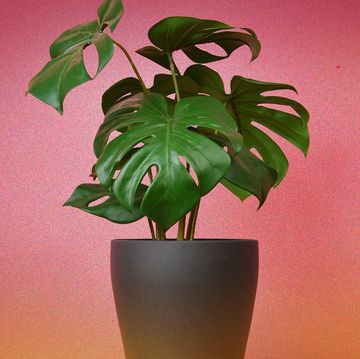Within a few weeks of starting my collection, I could spot Le Creuset on the shelves of HomeGoods, TJ Maxx, and Goodwill stores from an aisle away. The cherry-colored cerise pieces would catch my eye at first, followed by the deep teal and the orange hue called flame, the company’s original color.
Having identified a suspect, I lift it. If it’s stoneware, its heft usually gives it away. If it’s enameled cast iron, I look for three raised ridges circling the knob on the lid or wrapping around the piece’s perimeter. “Le Creuset” stamped on the bottom or molded into the lid confirms my suspicions.
While traveling, I’ve purchased a rectangular baking dish and three dinner plates. My husband just shook his head as I pulled the pieces out of my luggage. When I texted a photo of my finds to a friend, she replied, “You’re obsessed!” Maybe I am, but I’m not alone in my love of Le Creuset.
The French cookware has an enthusiastic following. Facebook groups devoted to the brand exchange recipe ideas and cleaning tips, alert fellow members to sales, and crow about their purchases. While some Le Creuset collectors shop at Williams Sonoma or Crate & Barrel, others make pilgrimages to the more than 70 outlets nationwide where they can score discounts of up to 60 percent on select pieces.
Le Creuset originated in 1925 when two industrialists, one who specialized in cast iron and the other in enamel, started a foundry in Fresnoy-le-Grand, a French village about two hours north of Paris. Their first piece, an enameled cast iron Dutch oven, revolutionized cooking because it not only performed exceptionally well but was also beautiful enough to display.
Over the years, Le Creuset expanded its line of enameled cast iron, enlisting designers like Raymond Loewy and Enzo Mari to create limited editions over the years. It also added stockpots, bakeware, kitchen utensils, and specialty cookware like Moroccan tagines. By the time the company celebrates its 100th birthday in 2025, current owner Paul van Zuydam, a South African businessman and naturalized British citizen, hopes the company reaches $1 billion in annual sales.
“Le Creuset is special to me because it represents a kind of quality you don’t often see in the world today,” says Gigi Varnum, a personal chef and avid collector with more than 100 pieces of enameled cast iron and even more stoneware. “You can buy a pot and know that if you take care of it according to the manufacturer’s instructions, it will be an heirloom you can pass on.”
Varnum, who belongs to the Facebook group Le Creuset Lovers, also appreciates the artistry of the popular kitchenware. When someone posts asking whether they should buy a piece even if they don’t intend to cook with it, she encourages them to splurge. “It’s art,” she says. “You wouldn’t bat an eye spending $200 or $300 on a piece of art. This just happens to be functional 3D art.”
Another member of the Facebook group, Sandra Schnars Stevens, agrees that the pieces are stunning but also loves how well her Le Creuset pieces actually work in the kitchen. When she visits her dad and cooks for him with his Revere Teflon pans, the same recipes never come out as perfectly as with her Le Creuset at home.
Le Creuset is, admittedly, an investment. For years, I envied the celebrity chefs who employed it on my favorite cooking shows. But I couldn’t justify spending $420 for a Dutch oven when other brands sold for $99. Eventually, I purchased a Le Creuset knockoff only to have its handles chip after only a few uses. I learned my lesson. Le Creuset is worth it. I just couldn’t afford it.
For shoppers on a budget like me, Le Creuset’s factory-to-table events offer the best deals. Items are discounted up to 60 percent, and the events showcase the largest collection of the brand’s products in the widest array of colors available under one roof in the United States.
The first such event was held in Charleston, South Carolina, in 2016. Diane Foster, vice president of retail for Le Creuset, says the response was so overwhelming that the company now holds three events every year. Serious collectors visit the company’s website every day to make sure they don’t miss the opportunity to purchase tickets, especially for the first day.
Those $25 first-day VIP tickets not only give shoppers the first shot at coveted pieces, like the bread oven, but also the opportunity to purchase a mystery box for $50. Retail marketing specialist Cody Stockton, who has worked Le Creuset’s sales events since 2017, explains that the company started offering the mystery boxes, guaranteed to contain at least $350 of merchandise, as “an extra special wow moment for our customers.”
Unmarked mystery boxes can contain almost any Le Creuset item, and Stockton says the staff is just as excited as the customers to see what’s inside. I attended an event in Phoenix near my home and bought one. Mine included two braisers (one traditional, one smaller), a 9-inch signature skillet, saucepan, utensil crock with utensils, and several small serving pieces, all in cerise. I estimated it was worth at least $800. “Part of the fun,” Stockton says, “is you don’t know what you’re going to get.”
That can have its downside, though. When you purchase a mystery box, you agree to not sell its contents. However, you can trade the pieces with others. In Phoenix, Varnum says shoppers swapped items at an unofficial event dubbed “Le Creu-chella.” She hopes to see the swap at future events.
Both Varnum and Stevens plan to attend future factory-to-table events but not necessarily for the mystery boxes. Stevens will go primarily because the events are something she and her daughter love to do together. For Varnum, attending allows her to meet people in person who share her passion. She loves the camaraderie.
After the Phoenix event, my pieces sat on my counter alongside a tagine I purchased for nearly a week. I was afraid I’d ruin them if I used them. Eventually, I braved making rice in the saucepan. It turned out fluffy without any damage to the enamel or ceramic handles. Emboldened, I fried an egg the next morning, and impressed how evenly it cooked, I made plans to try the tagine.
For days, I searched for the right recipe, finally settling on a chicken dish with dried apricots. I arranged chicken thighs and apricots in the tagine, added broth and spices, and cooked everything for about an hour. It tasted complex but was as easy as using a crock-pot. Even better, it cleaned up like new. I was hooked.
Two weeks later in Reno, Nevada, I stopped at a Walmart to buy a case of water. Looking across the parking lot, I noticed a HomeGoods and felt the urge. Rain canceled my plans, and I had both time to spare and enough room in my luggage for the right item or two. I found my first pieces outside of the factory-to-table event. In the future, I guess my new obsession means I’ll be traveling with a larger suitcase.
Teresa Bitler is a Phoenix-based writer who has contributed to Fodor’s, USA Today, Atlas Obscura, TripSavvy, and Sunset. Follow her on Instagram at @teresa.bitler.
Get Shondaland directly in your inbox: SUBSCRIBE TODAY
